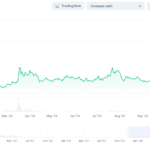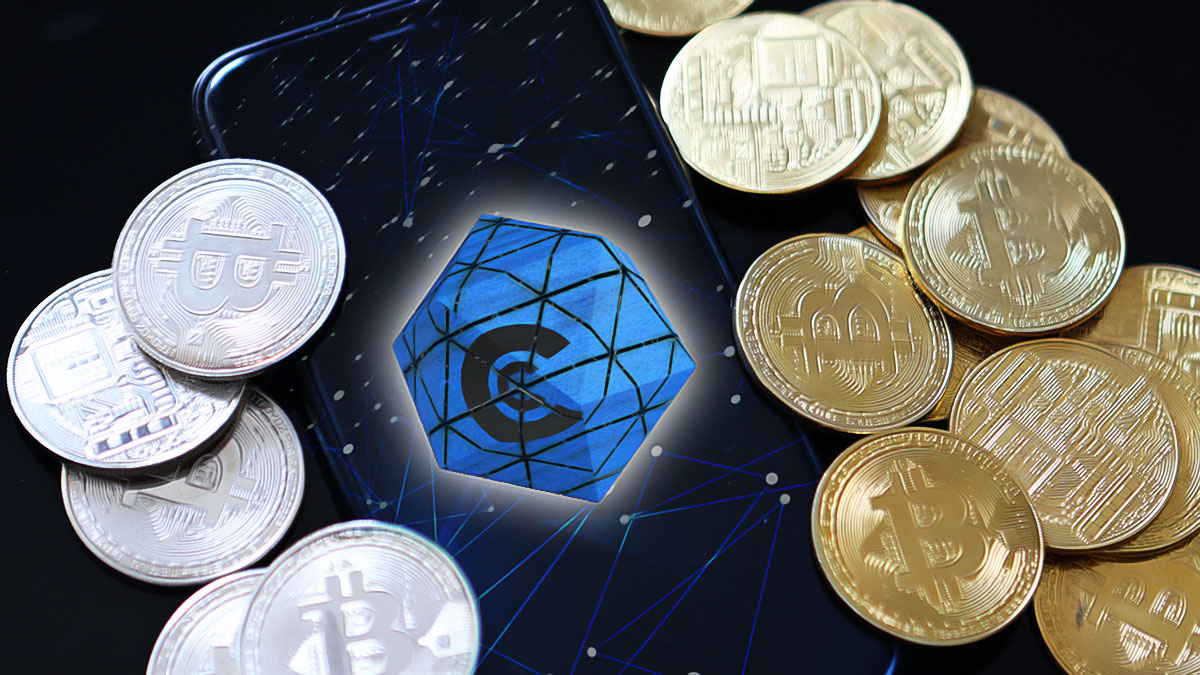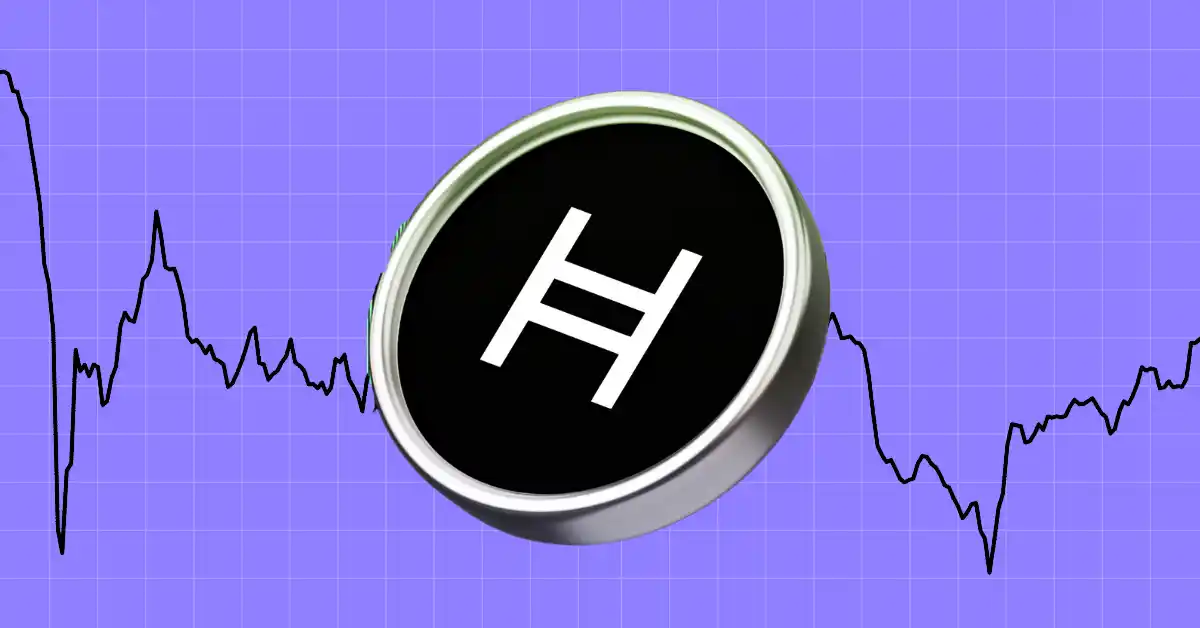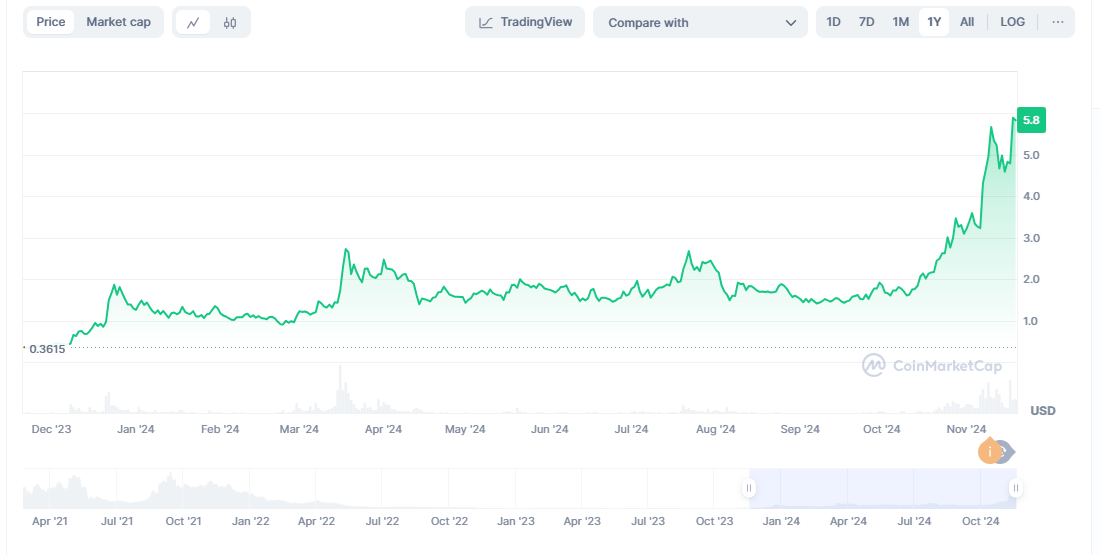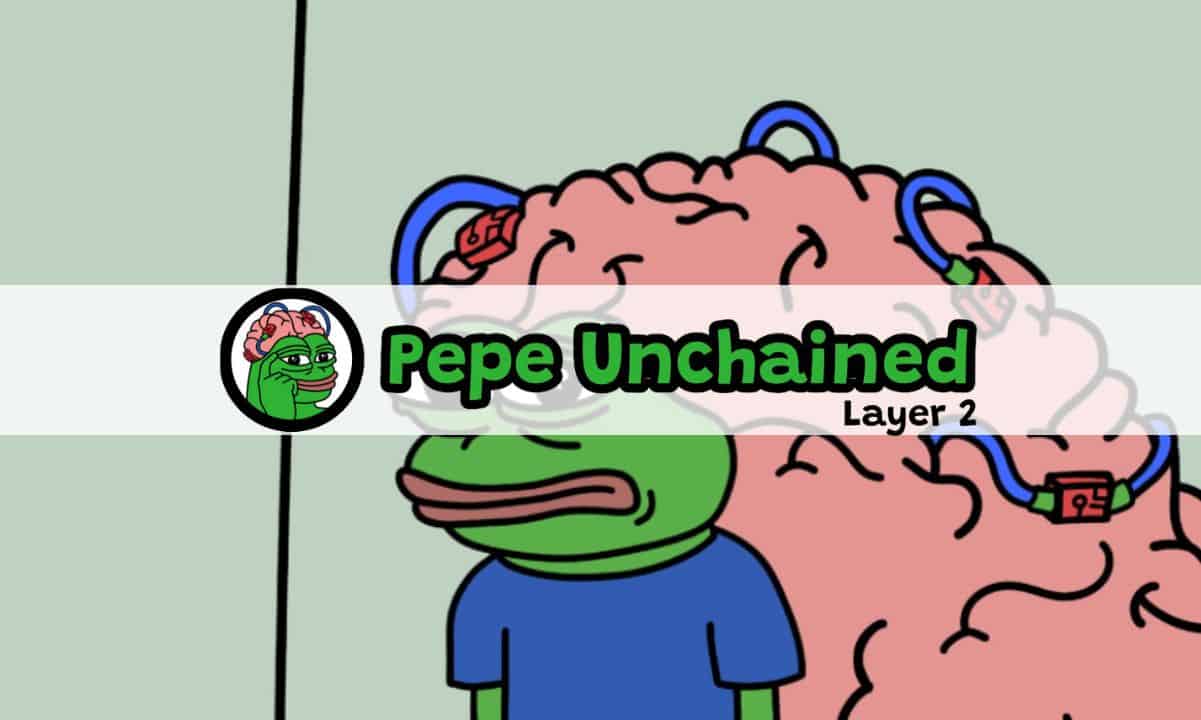
Prominent cryptocurrency analyst, known as Bluntz, has predicted a substantial price increase for Ethereum-based memecoin PEPE. Using his social media platform X, Bluntz highlighted similarities between PEPE’s two-hour chart and Bitcoin’s price movements when it dropped to $16,000 in January 2023.
PEPE’s Potential Rise Compared to Bitcoin
Bluntz remarked, “This pattern feels familiar; it mirrors Bitcoin’s $16,000 dip.” Bitcoin’s dip in January 2023 was followed by a remarkable surge of over 360% in 15 months, reaching an all-time high of $73,737 in March 2024. At present, Bitcoin is trading at approximately $64,000, while PEPE is valued at $0.0000094, suggesting similar growth potential for PEPE. Access COINTURK FINANCE to get the latest financial and business news.
The analyst also mentioned other memecoins like CAT, POPCAT, WIF, and FLOKI, indicating they might outpace other altcoins during a market uptrend. According to Bluntz, these coins, including PEPE, have the potential to stand out in the market.
BNB Expected to Hit $1,000
In addition to PEPE, Bluntz also foresees significant gains for BNB, the primary asset of the BNB Chain. The analyst pointed out that BNB’s chart shows a promising and clear formation on a higher time frame. Currently trading at $579.86, Bluntz believes BNB could soon achieve a new all-time high of $1,000.
Key Insights
Key points to consider based on Bluntz’s analysis:
- PEPE might follow Bitcoin’s historical price surge pattern.
- Memecoins like CAT, POPCAT, WIF, and FLOKI could outperform other altcoins.
- BNB shows a strong upward potential with a target of $1,000.
Considering these insights, investors might find opportunities in these highlighted cryptocurrencies.
Bluntz’s forecasts offer a compelling look at potential market movements for PEPE, BNB, and other memecoins, indicating a favorable trend for savvy investors.
Disclaimer: The information contained in this article does not constitute investment advice. Investors should be aware that cryptocurrencies carry high volatility and therefore risk, and should conduct their own research.


